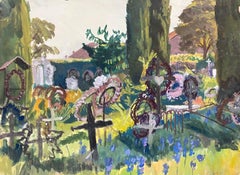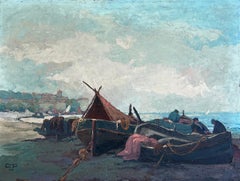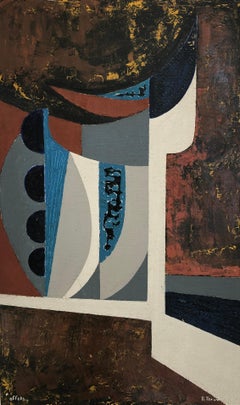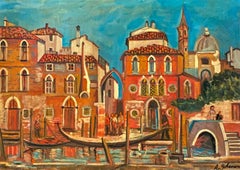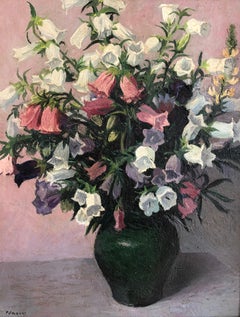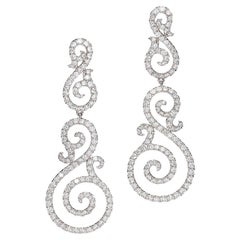Geneva
1950s Modern Geneva
Gouache
1940s Geneva
Oil
Late 20th Century Abstract Geneva
Oil
1980s Italian School Geneva
Oil
Late 20th Century Geneva
Oil
21st Century and Contemporary Swiss Contemporary Geneva
Diamond, White Gold
20th Century Realist Geneva
Oil
1950s Surrealist Geneva
Lithograph
1910s European Belle Époque Vintage Geneva
Diamond, Natural Pearl, Platinum
Early 20th Century Geneva
Pastel
Early 20th Century European Baroque Geneva
Pearl, Gold
1970s French Geneva
Late 20th Century Italian School Geneva
Oil
Late 20th Century Expressionist Geneva
Lithograph
Mid-20th Century Japanese Geneva
1980s French Geneva
Late 20th Century Surrealist Geneva
Oil, Masonite
Early 2000s Abstract Geneva
Oil
2010s Geneva
18k Gold
21st Century and Contemporary Geneva
Oil
2010s Abstract Geneva
Concrete
1960s Surrealist Geneva
Lithograph
2010s Swiss Modern Geneva
Diamond, White Diamond, Black Diamond, Gold, 14k Gold, White Gold
21st Century and Contemporary Swiss Contemporary Geneva
Diamond, Lapis Lazuli, 18k Gold, Rose Gold
20th Century French Geneva
Crystal, Vermeil
Early 2000s Abstract Geneva
Oil
2010s Swiss Modern Geneva
Black Diamond, White Diamond, Diamond, White Gold, Gold
Mid-19th Century Swiss Antique Geneva
Wood
1970s European Vintage Geneva
Ceramic
1960s Modern Geneva
Oil
1960s Modern Geneva
Lithograph
Mid-19th Century Victorian Antique Geneva
Diamond, Emerald, Gold, Silver
Mid-19th Century Swiss Antique Geneva
Wood
1950s French Geneva
1840s Swiss Antique Geneva
Wood
21st Century and Contemporary Italian Geneva
1940s Geneva
Oil
Late 20th Century Abstract Geneva
Oil
21st Century and Contemporary Swiss Geneva
Diamond, White Diamond, Yellow Diamond, 18k Gold, White Gold
21st Century and Contemporary Geneva
Diamond, Ruby, White Gold
Early 20th Century Academic Geneva
Crayon
Mid-20th Century Abstract Geneva
Oil
1960s Surrealist Geneva
Lithograph
2010s Abstract Geneva
Watercolor
Mid-20th Century Modern Geneva
Oil
Mid-20th Century Geneva
Oil
1910s Geneva
Oil
Early 20th Century Geneva
Charcoal, Crayon
Early 20th Century Modern Geneva
Pastel, Carbon Pencil
2010s Swiss Modern Geneva
Diamond, Ruby, Sapphire, Pink Sapphire, Yellow Gold
21st Century and Contemporary European Geneva
Diamond, Sapphire, 18k Gold
1950s Abstract Expressionist Geneva
Lithograph
21st Century and Contemporary Swiss Modern Geneva
Diamond, Emerald, Gold, White Gold
Mid-19th Century Swiss Antique Geneva
Wood
Mid-19th Century Old Masters Geneva
Oil
1920s Modern Geneva
Oil
1970s Geneva
Lithograph
Early 2000s Abstract Geneva
Ceramic, Plaster, Mosaic, Acrylic
Early 2000s Italian Art Deco Geneva
Diamond, Onyx, White Gold
Late 20th Century Aesthetic Movement Geneva
Diamond, Sapphire, Gold, 18k Gold
